CUT THESE WORDS INTO MY STONE Also by Michael Wolfe Verse
How Love Gets Around, 1974
World Your Own, 1976
No, You Wore Red, 1980
Paradise: Reading Notes, 2010
Greek to Me, 2012 Travel
In Morocco, 1980
The Hadj: An Americans Pilgrimage to Mecca, 1993
One Thousand Roads to Mecca, 1997 Essays
Taking Back Islam, 2003
CUT THESE WORDS INTO MY STONE
 Ancient Greek EpitaphsTranslated by
Ancient Greek EpitaphsTranslated by Michael Wolfe
Foreword by Richard P. Martin

2013 The Johns Hopkins University Press
All rights reserved. Published 2013
Printed in the United States of America on acid-free paper
2 4 6 8 9 7 5 3 1 The Johns Hopkins University Press
2715 North Charles Street
Baltimore, Maryland 21218-4363
www.press.jhu.edu Library of Congress Cataloging-in-Publication Data Wolfe, Michael, 1945
Cut these words into my stone : ancient Greek epitaphs / translated by
Michael Wolfe; foreword by Richard P. Martin
pages. cm.
Includes bibliographical references.
ISBN 978-1-4214-0803-3 (hdbk. paper) ISBN 978-1-4214-0804-0
(pbk. : alk. paper) ISBN 978-1-4214-0805-7 (electronic) ISBN 1-4214-0803-1
(hdbk. : alk. paper) ISBN 1-4214-0804-X (pbk. : alk. paper)
ISBN 1-4214-0805-8 (electronic)
1. paper)
ISBN 1-4214-0805-8 (electronic)
1.
Epitaphs Greece. I. Title.
CN375.E6W65 2013
929.5dc23
2012020457 A catalog record for this book is available from the British Library. Special discounts are available for bulk purchases of this book.
For more information, please contact
Special Sales at 410-516-6936 or specialsales@press.jhu.edu. The Johns Hopkins University Press uses environmentally friendly book
materials, including recycled text paper that is composed of at least 30
percent post-consumer waste, whenever possible. 323100 BCE  IV
IV 
The Millennium
Pagan Roman Empire, 100 BCE 99 CE  V
V 
Late Antiquity
Christian Roman Empire, 200599 CE
TRANSLATORS NOTE
This book offers the reader a chronological selection of ancient Greek epitaphs in new English translations, along with the originals and just enough commentary to appreciate their context. 323100 BCE

IV

The Millennium
Pagan Roman Empire, 100 BCE 99 CE

V

Late Antiquity
C
hristian R
oman E
mpire, 200599 CE
TRANSLATORS NOTE
This book offers the reader a chronological selection of ancient Greek epitaphs in new English translations, along with the originals and just enough commentary to appreciate their context.
The earliest surviving epitaphs in Greek date to the mid-700s BCE and represent some of Europes oldest writing. Those collected here span a period from about 500 BCE to around 600 CE . Greek epitaphs continued to be written long after that, but never again so well. Notable developments in the form occurred over time. The book divides 127 epitaphs into five periods reflecting that evolution. The pieces here come mainly from the Greek Anthology, Book 7, along with certain ones from Books 9 and 11 and a few from other sources.
The commentaries of A. S. F. Gow and D. L. Page have been useful in finding English equivalents for particular words and lines.
Almost all of these versions were submitted over several years to the cautious eye of Andy Gaus, a gifted translator. Thanks are also due to Danilo Piana, for helpful comments in the final stages of preparation. Greek epitaphs have often been translated into other languages, beginning with Classical Latin. In English, their memorable ring is echoed in the works of seventeenth-century Cavalier poets like Robert Herrick. Alexander Pope, Thomas Gray, William Cowper, Shelley, and Byron all tried their hand at the elegiac epigram, knew its main repository, the Greek Anthology, and translated or echoed its distinctive voice. E. E.
Housman, W. B. Yeats, Edgar Lee Masters, D. H. Lawrence, Ezra Pound, T. S.
Eliot, Charles Olson, J. V. Cunningham, Robert Duncan, Richard Wilbur, Robert Creeley, Keith Waldrop, and others have employed its tropes and tone. Richard P. Martins adventuresome foreword to this volume tracks the epitaphs origins and development in ways that will engage and inform both general and more specialized readers. Near the back of the book, a brief bibliography lists a few volumes of critical scholarship.
They in turn contain more extensive bibliographies. I have included thumbnail biographies of the poets and notes that provide the original source information and add some clarification to certain verses. In some of the Greek epitaphs, readers may notice the use of the dagger symbol (). In philology, the dagger, also called an obelisk or crux desperationis (cross of despair), is the traditional symbol used by textual critics (philologists) to signal a locus deperditus (irreparably lost place), a passage so corrupted by subsequent mistakes in the transmission of a text as to discourage any attempt at restoration. A few of the translations, sometimes in a slightly different form, originally appeared in the following publications: Laugh, I Thought Id Die, in the Phi Beta Kappa Societys Key Reporter, Fall 2011; Paradise: Reading Notes, Blue Press, 2010; The North Dakota Review, Fall 2007; Uncontained: Writers and Photographers in the Garden and on the Margins, an Anthology, Jennifer Heath, editor.
FOREWORD
Epigrams are literally inscriptions.
FOREWORD
Epigrams are literally inscriptions.
An epitaph, the earliest form of epigram, is an inscription on a tomb (epi- and taphos). In both cases, the name explains the poetic form its origins and its most striking characteristic, brevity. Verses inscribed on an object, whether a marker for a grave or an offering to the gods, had to be short to fit a limited surface. Practical considerations (the cost of stone or metal, the labor of engraving) had literary consequences. Greek poets learned to exploit the limitations of space, to use this miniature laboratory for experimenting with extreme compression in meaning, allusion, plot, and character. The poems that emerged from this centuries-long development shine diamond-hard, with a brilliant attraction for readers as well as translators.
Hence, the gems here. The meter and wording of ancient epigrams are shared to a great extent with the other extreme in Greek poetic production, the grand and very lengthy heroic epics. At first sight, the Iliad and Odyssey may seem to have little to do with a few inscribed lines on a pot or gravestone. The epics were originally composed in live performance, using a highly refined yet flexible system of set phrases that enabled the oral poet to elaborate and expand any episode as he or she saw fit (or that days audience demanded). Repetition of words, motifs, typical scenes and incidents lay at the heart of this technique. Epic is poetry made for public re-performance.
Next page

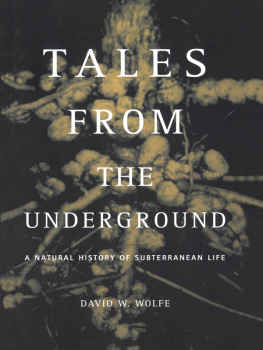




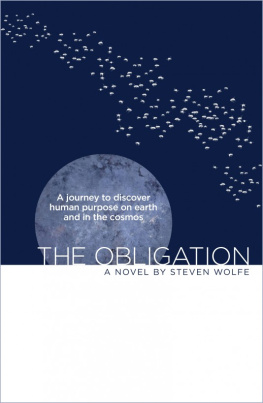
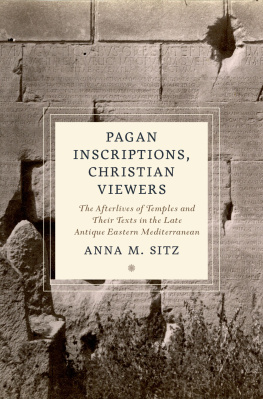
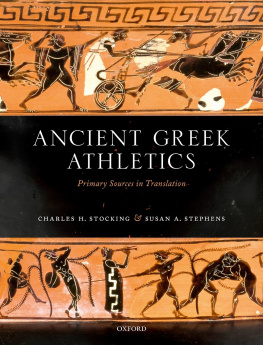
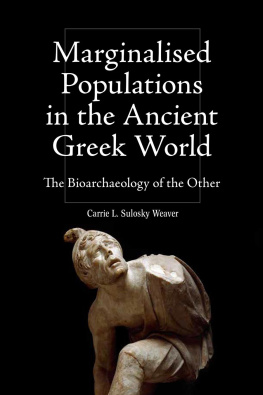
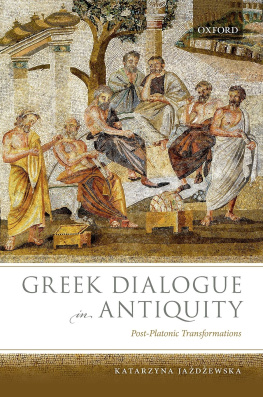
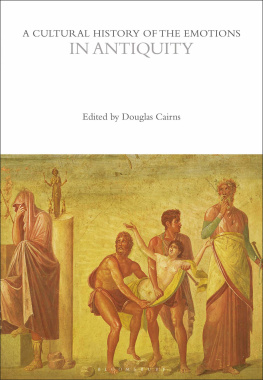
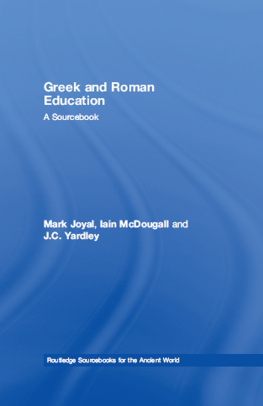
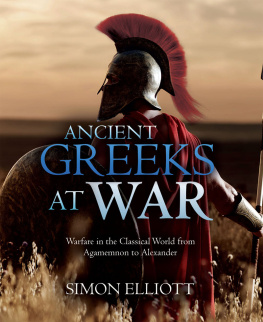


 Ancient Greek EpitaphsTranslated by Michael Wolfe Foreword by Richard P. Martin
Ancient Greek EpitaphsTranslated by Michael Wolfe Foreword by Richard P. Martin  2013 The Johns Hopkins University Press
2013 The Johns Hopkins University Press IV
IV 